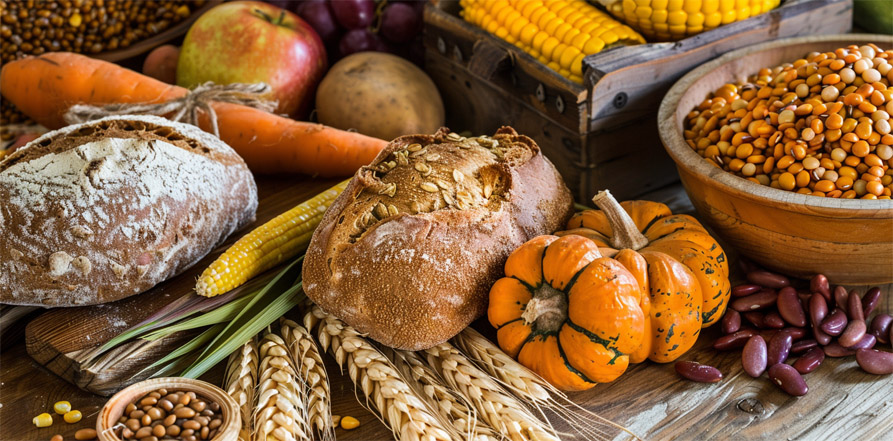By Donnie Yance
Kefir is a fermented beverage, usually made from dairy, that has beneficial health effects due to its antioxidant, antimicrobial, and anti-inflammatory properties.1 Kefir originates from the Caucasus region (between the Black Sea and Caspian Sea), and from Tibet (between China and India). Research also suggests its probiotic content directly influences the immune system’s cancer surveillance capabilities.
Recent research has illuminated kefir’s remarkable immune modulating properties. The fermentation process creates bioactive peptides, exopolysaccharides, and diverse probiotic strains that work synergistically to enhance immune function. Studies have demonstrated that regular kefir consumption may increase natural killer cell activity, modulate inflammatory responses, and strengthen intestinal barrier function.2
Continue reading “Kefir: A Potent Immune-Enhancing Fermented Food with Promising Cancer Prevention Properties”





